About Stacks
Stacks là gì?
Stacks (STX) là một lớp giải pháp mở rộng (layer-2) được xây dựng trên chuỗi khối Bitcoin, nhằm mở rộng chức năng của Bitcoin bằng cách kích hoạt hợp đồng thông minh và ứng dụng phi tập trung (dApps). Mục tiêu của Stacks là biến Bitcoin không chỉ là tài sản thụ động mà còn có thể sử dụng trong các ứng dụng phức tạp. Stacks sử dụng cơ chế đồng thuận Proof of Transfer (PoX), cho phép kết nối với chuỗi khối Bitcoin và tận dụng tính bảo mật mạnh mẽ của Bitcoin. Lớp Stacks được thiết kế để có thể mở rộng, giúp các giao dịch được thanh toán trên chuỗi khối Bitcoin. Stacks sử dụng ngôn ngữ lập trình Clarity, được thiết kế để đảm bảo tính an toàn và dự đoán, giúp các nhà phát triển có thể biết chính xác hợp đồng sẽ thực hiện như thế nào trước khi được thực thi.
Stacks hoạt động như thế nào?
Stacks hoạt động bằng cách sử dụng chuỗi khối Bitcoin làm lớp cơ sở, nhưng giới thiệu một số cơ chế độc đáo giúp nó trở thành nền tảng linh hoạt cho các ứng dụng phi tập trung:
- Proof of Transfer (PoX): Stacks sử dụng cơ chế đồng thuận Proof of Transfer (PoX), yêu cầu người dùng chuyển Bitcoin (BTC) để khai thác STX, token gốc của chuỗi Stacks. Cơ chế này trực tiếp kết nối Stacks với Bitcoin, đảm bảo rằng bảo mật của chuỗi Bitcoin sẽ hỗ trợ mạng Stacks. Người dùng “đốt” BTC để tham gia quá trình khai thác và nhận được phần thưởng là token STX.
- Hợp đồng thông minh qua Clarity: Stacks sử dụng ngôn ngữ lập trình Clarity, được thiết kế để dễ dự đoán và an toàn. Clarity là ngôn ngữ có thể quyết định trước, có nghĩa là các nhà phát triển có thể xác định chính xác kết quả của hợp đồng trước khi nó được thực thi. Điều này giúp giảm thiểu rủi ro và tăng cường tính minh bạch, tránh được các lỗi tốn kém hoặc hành vi không mong muốn, điều thường gặp ở các nền tảng hợp đồng thông minh khác như Ethereum.
- Thanh toán trên Bitcoin: Một trong những tính năng nổi bật của Stacks là cho phép giao dịch được thanh toán trên chuỗi khối Bitcoin. Mặc dù hợp đồng thông minh được thực hiện trên chuỗi Stacks, kết quả của các giao dịch (ví dụ: chuyển token hoặc thực thi hợp đồng) sẽ được thanh toán trên Bitcoin, tận dụng bảo mật của Bitcoin mà không cần thay đổi giao thức của Bitcoin.
- Stacking: Thay vì khai thác theo cách truyền thống, Stacks sử dụng hệ thống gọi là stacking, nơi người dùng khóa token STX của mình để tham gia vào việc bảo mật mạng lưới. Đổi lại, những người tham gia stacking sẽ nhận được phần thưởng bằng BTC. Cơ chế này cung cấp động lực cho những người sở hữu token tham gia vào việc quản trị và bảo mật của mạng.
Các trường hợp sử dụng tiềm năng của Stacks
Stacks nhằm mục đích mở khóa tiềm năng của Bitcoin để sử dụng trong các ứng dụng khác nhau. Một số trường hợp sử dụng tiềm năng bao gồm:
- Tài chính phi tập trung (DeFi): Stacks cho phép tạo ra các ứng dụng DeFi tận dụng Bitcoin làm tài sản. Các ứng dụng này có thể bao gồm các nền tảng cho vay, sàn giao dịch phi tập trung (DEXs), và tài sản tổng hợp, tất cả đều được hưởng lợi từ tính thanh khoản và bảo mật của Bitcoin.
- Token không thay thế (NFTs): Stacks có thể được sử dụng để tạo ra NFTs có thể thanh toán trên chuỗi khối Bitcoin, cung cấp một nền tảng an toàn và ổn định hơn cho các tài sản số và các bộ sưu tập kỹ thuật số.
- Atomic BTC Swaps: Stacks hỗ trợ atomic swaps giữa các địa chỉ Bitcoin và các loại tiền điện tử khác. Điều này giúp trao đổi Bitcoin với các tài sản khác mà không cần trung gian như sàn giao dịch tập trung.
- Ứng dụng phi tập trung (dApps): Các nhà phát triển có thể xây dựng nhiều loại ứng dụng phi tập trung trên Stacks, tận dụng bảo mật của Bitcoin nhưng cho phép hợp đồng thông minh linh hoạt hơn, khả năng mở rộng cao hơn và hiệu suất tốt hơn.
- Danh tính và quyền riêng tư dựa trên Bitcoin: Stacks cho phép Bitcoin được sử dụng cho các ứng dụng xác minh danh tính và bảo vệ quyền riêng tư, điều này rất quan trọng đối với các mạng xã hội phi tập trung, các nền tảng tài chính và nhiều ứng dụng khác.
- Bitcoin tokenized (BTC): Stacks cho phép tạo ra các phiên bản token hóa của Bitcoin, có thể sử dụng trong các hợp đồng thông minh và ứng dụng DeFi. Điều này giúp tăng cường tính tiện dụng của Bitcoin mà không thay đổi giao thức cốt lõi của nó.
Lịch sử của Stacks
Stacks được Muneeb Ali và Rameeza Muneeb sáng lập vào năm 2017, dựa trên nghiên cứu từ luận án tiến sĩ của Muneeb. Nhóm sáng lập Stacks đã tham gia vào việc phát triển giao thức Bitcoin và xây dựng các ứng dụng phi tập trung (dApps) trên chuỗi khối Bitcoin trước khi ra mắt dự án Stacks.
Dưới đây là một số sự kiện chính trong lịch sử phát triển của Stacks:
- 2017 – Khởi đầu: Dự án Stacks bắt đầu với mục tiêu tạo ra một lớp giải pháp mở rộng để mở rộng khả năng của Bitcoin thông qua hợp đồng thông minh. Whitepaper đầu tiên của dự án được phát hành, vạch ra tầm nhìn cho một nền tảng an toàn, có thể mở rộng và phi tập trung dựa trên Bitcoin.
- 2018 – Stacks Foundation và Phát triển: Nhóm Stacks bắt đầu phát triển cơ sở hạ tầng cốt lõi để tạo ra một lớp giải pháp mở rộng cho Bitcoin. Họ giới thiệu cơ chế Proof of Transfer (PoX) và bắt đầu xây dựng kiến trúc cho Stacks.
- 2019 – Cung cấp token công khai đầu tiên (SEC): Stacks trở thành dự án đầu tiên thực hiện cung cấp token công khai được SEC phê duyệt tại Mỹ, huy động được nguồn vốn lớn và thu hút sự chú ý của các nhà đầu tư tổ chức.
- 2020 – Ra mắt Stacks 2.0: Vào tháng 1 năm 2020, mạng Stacks chính thức ra mắt trên chuỗi Bitcoin và Stacks 2.0 được triển khai, giới thiệu cơ chế Proof of Transfer (PoX) và ngôn ngữ lập trình Clarity. Token STX bắt đầu được giao dịch trên các sàn và Stacks bắt đầu thu hút sự quan tâm lớn như một giải pháp cho các ứng dụng phi tập trung trên Bitcoin.
- 2021 – Stacking và Tăng trưởng Mạng: Stacks giới thiệu cơ chế stacking, cho phép người sở hữu STX nhận phần thưởng BTC để bảo vệ mạng lưới. Nền tảng này cũng bắt đầu nhận được sự chấp nhận rộng rãi, với ngày càng nhiều dự án DeFi và NFT được xây dựng trên Stacks.
- Phát triển liên tục: Stacks tiếp tục phát triển như một giải pháp mở rộng cho Bitcoin, với các nỗ lực gia tăng hệ sinh thái dApps, NFT và DeFi, đồng thời nâng cao khả năng mở rộng và bảo mật. Đến nay, Stacks vẫn đang hướng tới việc tăng cường khả năng lập trình cho Bitcoin và xác lập Bitcoin như tài sản trung tâm cho các ứng dụng phi tập trung.

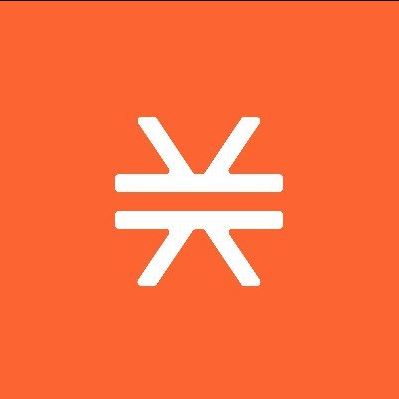
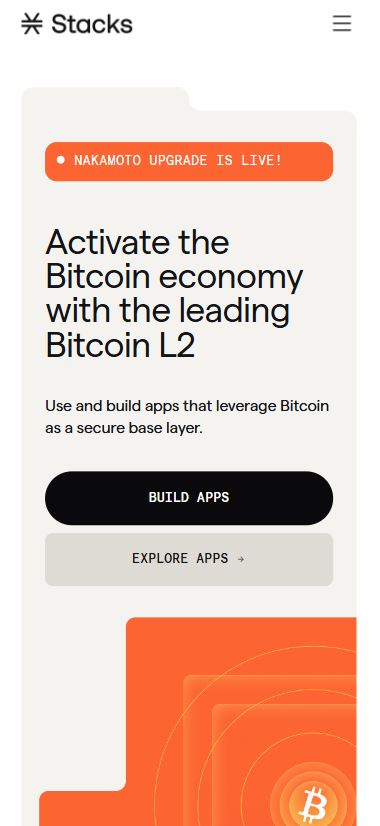
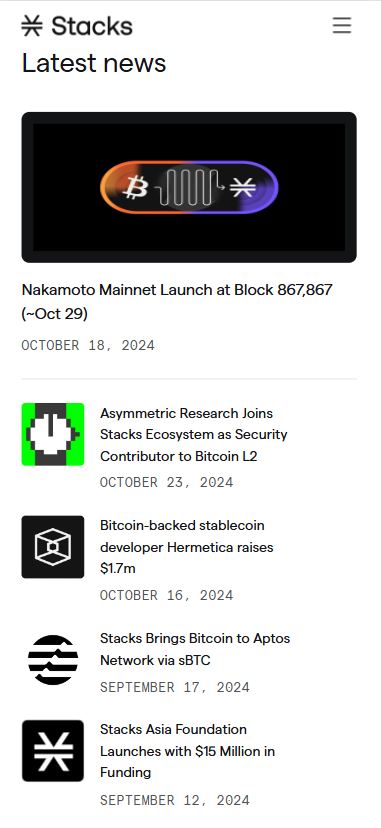
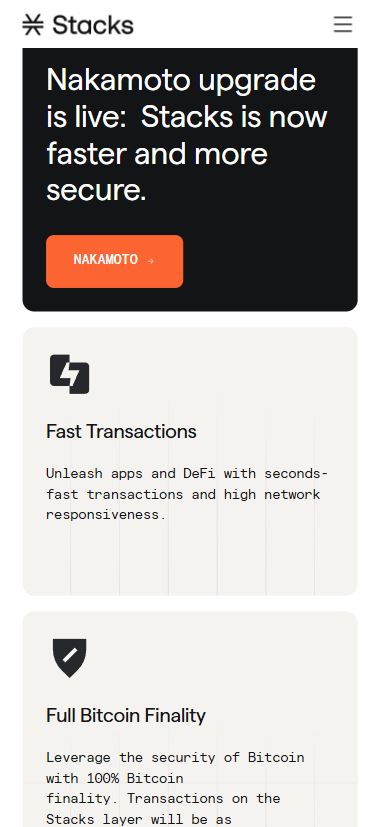
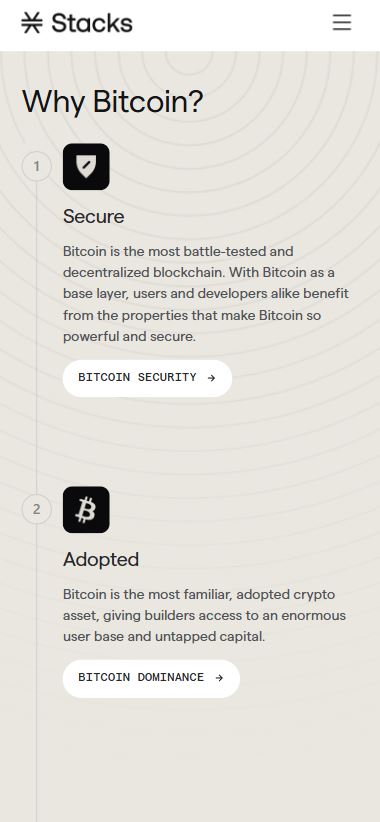
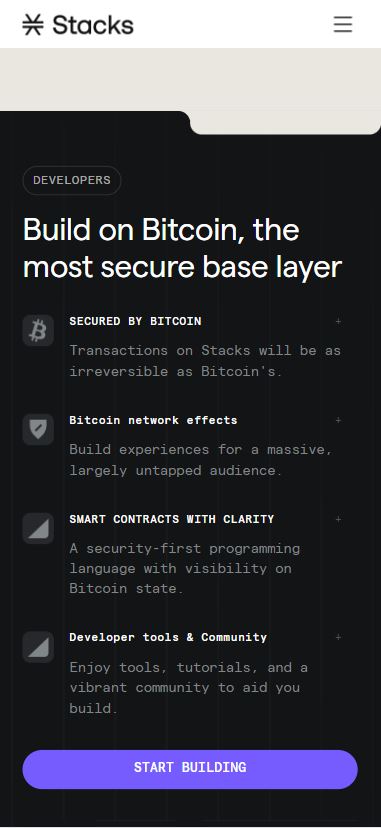
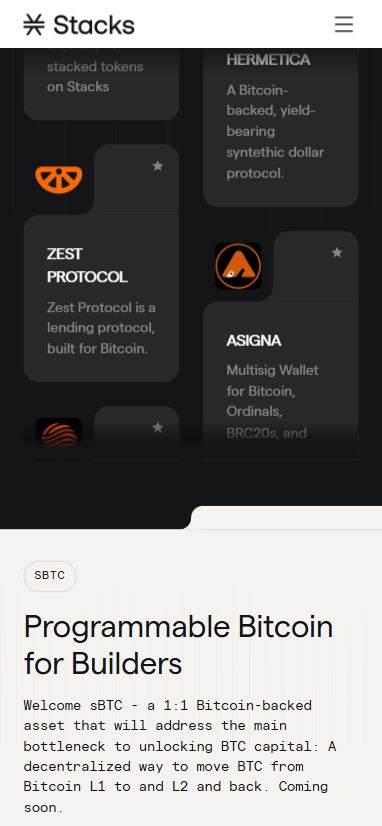
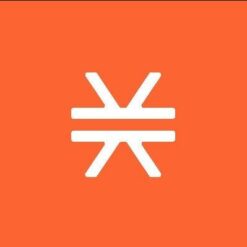











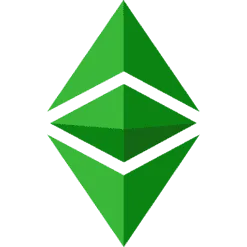




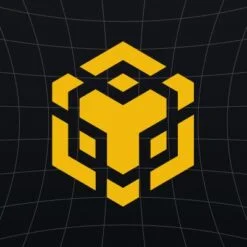
Reviews
There are no reviews yet.